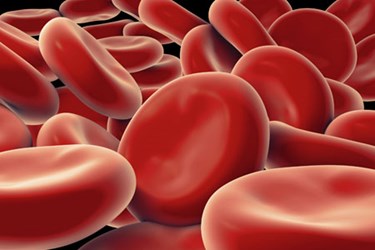Microfluidic Device Could Dramatically Extend The Shelf Life Of Blood
By Chuck Seegert, Ph.D.

A new method that leverages a membrane-based, microfluidic device could allow blood to be frozen for storage and then rapidly prepared for use in as little as 3 minutes. Instead of 6 weeks, the shelf life of blood could be extended to up to 10 years.
Blood is generally stored in refrigerators and can last for about 6 weeks before it must be discarded. This is a relatively short time, and it has led to challenges in the collection and storage of blood. Cryopreservation is one option for preserving blood, and it can successfully store blood for many years. There is, however, a drawback in that it takes about an hour to prepare the blood for use, since it is stored in a chemical called glycerol that must be removed.
“Only a small fraction of our blood supply is now frozen, because it’s often impractical to wait so long when a transfusion is needed immediately,” said Adam Higgins, an associate professor at Oregon State University’s School of Chemical, Biological, and Environmental Engineering, according to a recent press release. “Because of that, our entire system depends on constantly balancing the use and supply of blood products that can only last six weeks or less with refrigeration. This is difficult and can lead to loss of outdated blood, periodic shortages, and other inefficiencies that could be solved with the use of frozen blood.”
With this in mind, the Oregon State team set out to find a solution. Extraction of glycerol from blood products takes about an hour using centrifugation processes that have been around for some time, according to a recent study published by the team in Biomicrofluidics. To overcome this, the team developed a membrane-based microfluidic device that was designed to enable the inline washing of cryopreserved blood.
To develop their device, the team relied on a mass transfer model that they developed to predict glycerol removal and subsequent cell volume changes that might occur, according to the study. The goal was to prevent the cells from being damaged by swelling, which would render them useless. With input from the model, they were able to reduce the glycerol concentration by up to 50 percent without undue cell damage.
“Our results pave the way for development of a clinical device for ultra-rapid glycerol extraction, which would greatly improve the logistics of blood banking,” the research team wrote in their report, according to the press release.
An advance in cryopreservation technology like this could extend the shelf life from weeks to years, according to the press release. This could dramatically change the dependability of blood supplies in the clinical setting.
An area where blood transfusions have been particularly challenging is in the battlefield environment. Recently, DARPA began pursuing laboratory grown blood products in an effort to overcome these difficulties.
